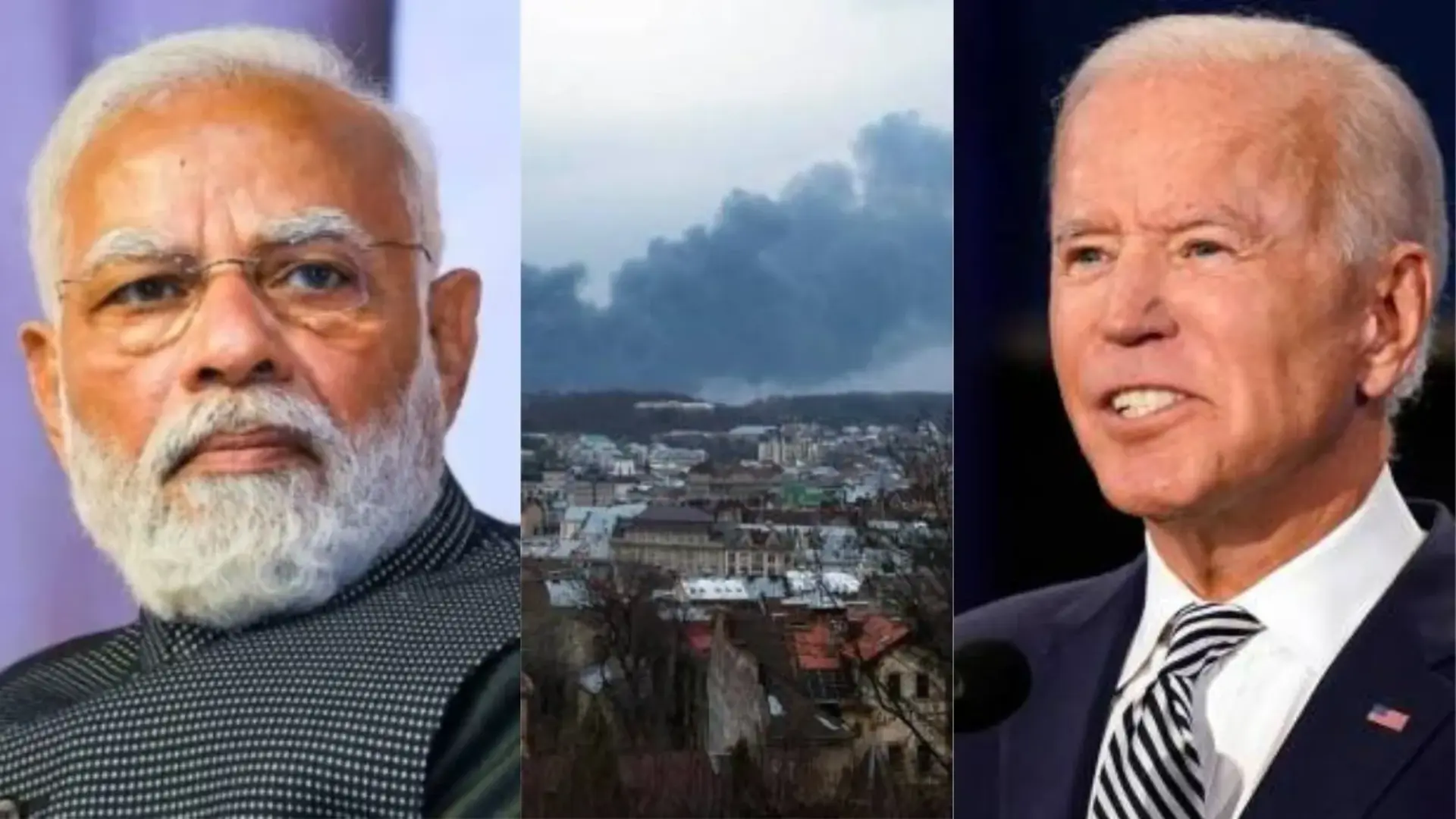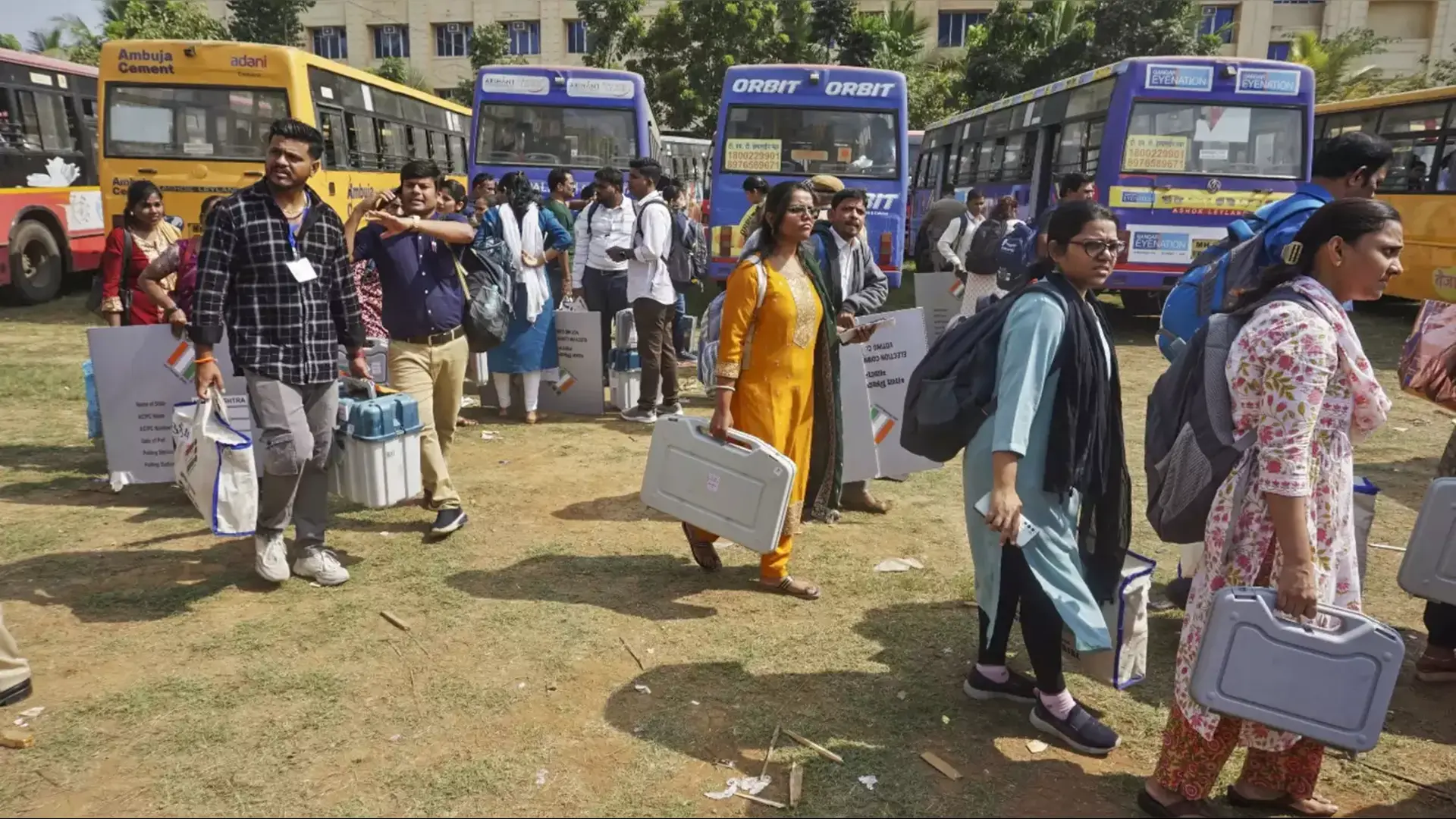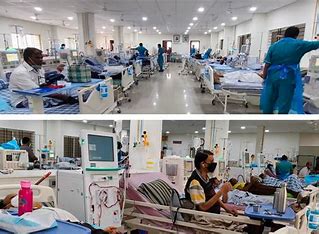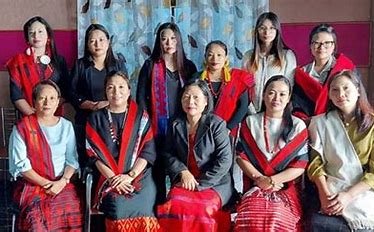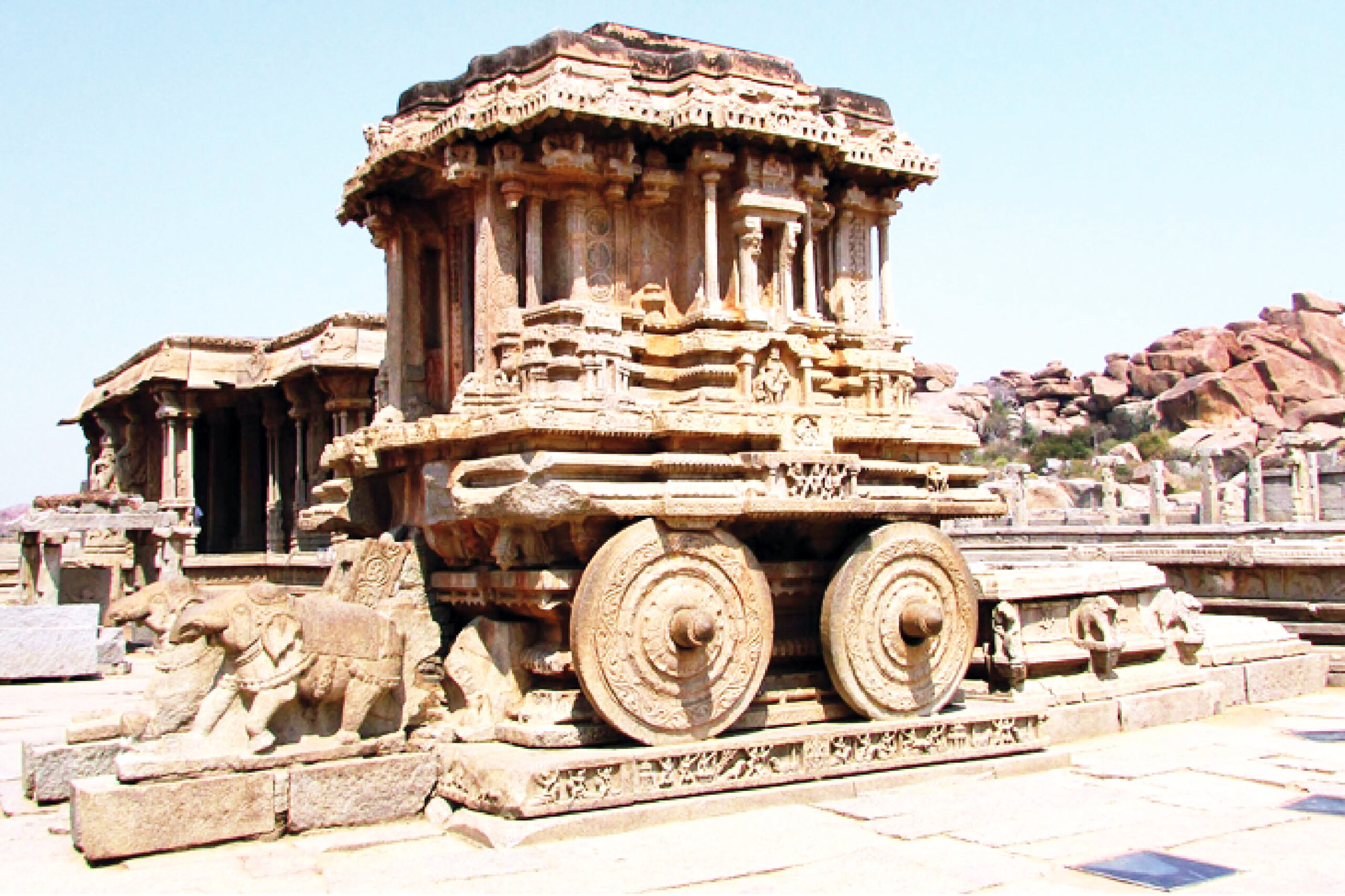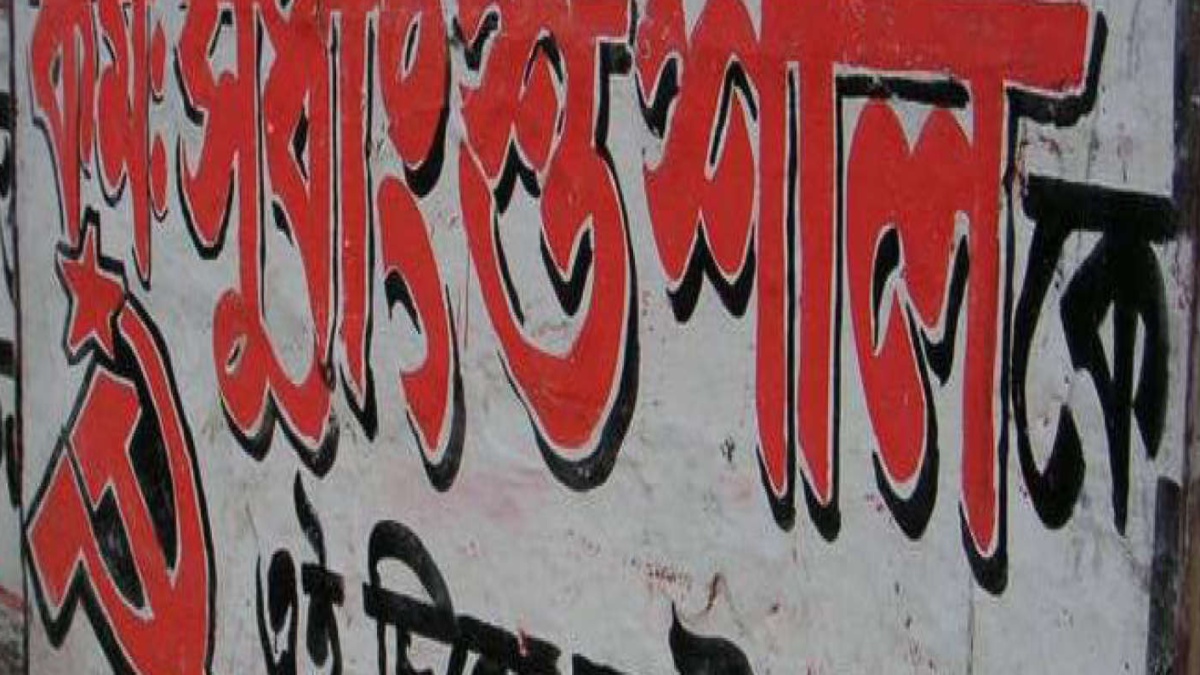
At the start of his campaign for the West Bengal Assembly elections in November last year, Prime Minister Narendra Modi had said to Bharatiya Janata Party (BJP) workers, “Maut ke khel se mat nahi mil sakta (you don’t get votes from bloodshed).” While the Prime Minister did not name the state’s ruling party, the Trinamool Congress (TMC), or Chief Minister Mamata Banerjee, the BJP has repeatedly pointed fingers at the TMC for running a violent campaign.. In July last year, the party released a list of 107 members, all of whom they claimed had died due to political violence. While the TMC refuted these claims, it often comes to the fore that the state of West Bengal is rife with both political and electoral violence. The Election Commission has announced voting in eight phases, so that the presence of military forces during voting is evenly distributed and has also announced additional deployment in critical hamlets. Despite these measures, in the last month, reports of the death of a TMC worker and vandalisation of a BJP office have come to light. Understanding the complex relationship between politics, power, and elections in West Bengal is critical to understanding why the state is believed to be rampant with electoral violence.
Shiv Sehgal Director, Polstrat, a political consultancy
